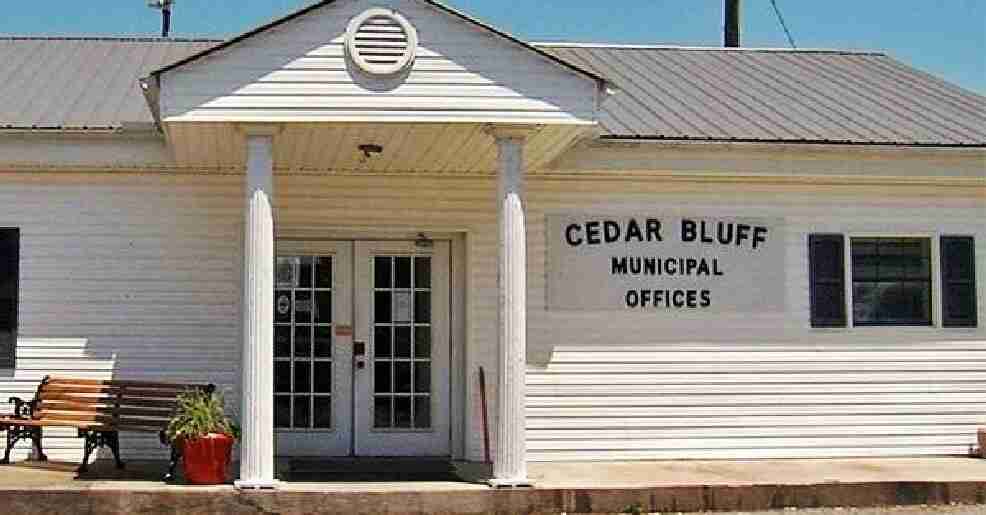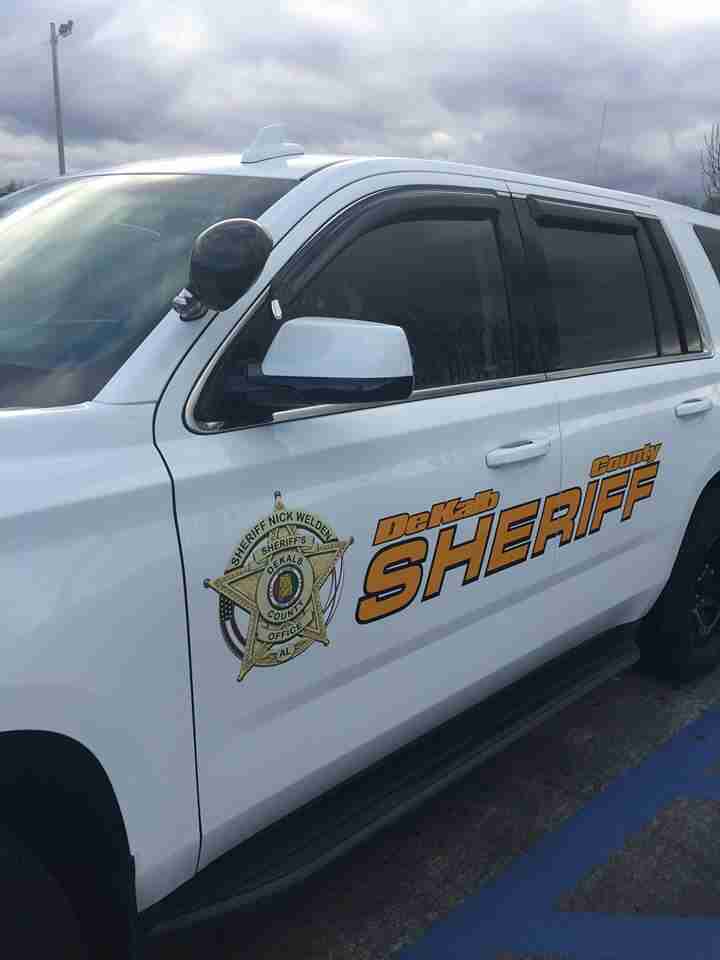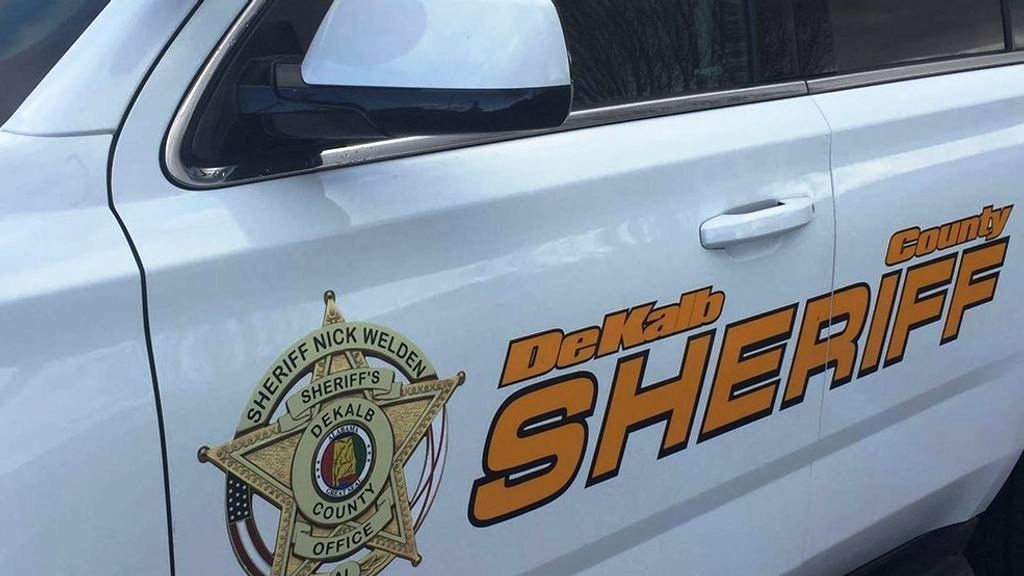
(NEW YORK) — By spring of 2021, Rashelle Chase-Miller knew she’d have to make some hard decisions.
Schools in Portland, Oregon — including her son Leo’s charter — were reopening in-person. But Chase-Miller, herself born and raised in the City of Roses, had reservations. For decades, she’d watched the schools — especially in her historically Black neighborhood — fall into disrepair.
In particular, she worried about ventilation. Vigorous air flow and filtration are crucial for preventing outbreaks of the COVID-19 virus. Yet, an August 2021 inspection by the city’s schools found every assessed facility had at least one room with inadequate ventilation.
Chase-Miller had another reason to be worried: Leo, who is 9 years old, has cerebral palsy and asthma. According to the Centers for Disease Control and Prevention, that puts him at higher risk of severe COVID. Leo catching the virus would also put her elderly parents, who live close by and are both older than 65, at risk. Not to mention, her 4-year-old daughter Luna, who is too young to be vaccinated.
“For families like mine,” Chase-Miller told ABC News, “ventilation in school is a huge deal.”
Many parents are facing a similar situation.
As society plows forward seeking normalcy, almost all schools are back in-person. Yet the persistence of SARS-CoV-2 means that schools’ ability to stay open depends upon their ability to stop outbreaks.
That’s where school infrastructure — namely, ventilation and filtration systems — come in.
Amid myriad proven COVID-19 prevention measures — masks, vaccines, contact tracing — one of the most powerful tools to prevent transmission is a good ventilation system that frequently recirculates fresh air. Especially now that individual mask and vaccine mandates are all but gone, and individual vigilance is, by and large, waning.
But even before the pandemic, many schools were battling crumbling infrastructure, with a June 2020 report from the Government Accountability Office finding that over 40% of schools — an estimated 36,000 nationally — had deficient ventilation systems.
These systems are playing an increasingly pivotal role: the White House’s most recent National COVID-19 Preparedness Plan included them as a top priority to prevent future shutdowns. Recently, the Environmental Protection Agency issued guidance for the first time on the importance of ventilation in the long-term COVID fight too; the CDC has also described it as one of the core “tools in the mitigation toolbox” against the virus.
But even as billions of dollars in federal funding have been allocated to schools, expensive ventilation upgrades have remained low on the priority list for many schools with tight budgets.
For students who attend these schools, it may mean greater exposure to the virus compared to peers who attend schools that have already invested in new ventilation systems. And pediatricians and teachers worry these kids — who are often already living in communities with a higher burden of COVID-19 — may continue to fall behind.
“People have decided the pandemic is over — but that doesn’t mean we can abandon any sense of caution,” Chase-Miller said. “Especially [given] that the things we’re asking for are things we should have had already.”
Ventilation amid the pandemic’s next phase
Ventilation is not merely a form of “hygiene theater,” Chase-Miller said.
As individual-level precautions dissipate — masking made optional, vaccination rates plateauing — systems-level solutions to ensure healthy kids don’t breathe in the particles expelled by hollering, hacking and yawning sick classmates are crucial for prevention.
Functional ventilation systems can reduce potentially infectious viral aerosols by up to 50%, Elliott Gall, associate professor at Portland State University, told ABC News. He added that combining these ventilation systems with portable filters could reduce the number of particles by up to 90%.
Previous research has linked improved ventilation to reduced rates of airborne infections in schools and other enclosed settings (like prisons, office buildings and nursing homes).
As such, ventilation is “often the difference between schools getting open and staying open,” Tracy Enger, director for the EPA’s Indoor Air program, told ABC News.
But even the agency acknowledges that school facilities are lagging. The average American school building is over 50 years old, the agency said. In poorer communities, like the Philadelphia School District, buildings are pushing triple digits in age, Jerry Jordan, president of the Philadelphia Federation of Teachers, told ABC News.
“Many school facilities were not built and have not been renovated to be consistent with today’s building standards,” EPA wrote in a statement to ABC News.
Lacking transparency and accountability
In Portland, that means shoddy ventilation may leave infectious particles looming.
An internal inspection by the district found that every one of the 94 assessed schools had at least one room with inadequate ventilation rates. Communal spaces like libraries and gyms often had the lowest ventilation rates.
Leo’s school — KairosPDX — was excluded from the inspection because while the school’s property is publicly owned, it’s privately operated, Ryan Vandehey, media relations representative for the district, told ABC News.
As a parent, “that means you’re flying blind,” Chase-Miller said.
The district disputes Chase-Miller’s concerns.
“We absolutely believe that our students are breathing clean air that exceeds all existing regulatory standards,” Vandehey told ABC News.
The district purchased filters and portable air purifiers, Vandehey added, alongside other infrastructure investments made during the pandemic.
Most districts lack any transparency at all.
According to the GAO, as of June 2020, 38 of 49 states had not conducted a state-level facilities condition assessment in the past 10 years. Of those that did, public access to the information is often limited — if it’s available at all.
Jordan, in Philadelphia, says he has never seen any such reports. In response, his union started collecting its own data. Yet, when issues with facilities were raised with the district — like black mold in some schools, from tables to cabinets to library books, due in no small part to poor ventilation — they were frequently met with silence, Jordan said.
“More often than not, we get a follow-up call from the person who submitted to complaint to say nobody’s investigated the problem,” he said.
Christina Clark, a communications officer for the district, cited a 2021 webpage on “the facts about ventilation” — which referenced pandemic-era investments of more than $160 million in school buildings among other initiatives like purchases of pricey non-FDA approved air purifiers using hazardous technology that has been banned in California — as an indication of the district’s commitment to the issue. That level of investment is 10% below the district’s annual spending on facilities since 2017, despite the district having received $1.1 billion in pandemic relief funds.
Clark did not provide a comment on Jordan’s specific allegations.
Fearing for the “new normal”
Advocates fear that the lack of accountability will hit vulnerable communities the hardest.
Most schools depend on property taxes for funding facilities improvements, according to the GAO — meaning that poorer districts face greater budgetary constraints as a result.
In Pennsylvania, that means poorer schools have thousands of dollars less per pupil than do richer districts, according to an ongoing lawsuit by six districts against the state’s Department of Education (DOE) — putting them far below the state legislature’s own standards.
It also means the expensive and arduous ventilation upgrades simply don’t happen in places like Philadelphia’s public schools, Jordan said. And without any sense of how bad ventilation currently is, he doesn’t know if — or when — they ever will.
In contrast, rich districts in Pennsylvania, like Lower Merion, raise millions above their targets. In June 2021, the district held a “topping out” ceremony for its new middle school — complete with multiple gymnasia and a theater with retractable seating.
The Pennsylvania DOE could not be reached for comment regarding the budgetary disparities between districts or the lawsuit.
“When we send students to schools that are not well-maintained,” Jordan said, “it’s a subtle way of saying to the children that we really don’t value you as much as students from other communities.”
The “tale of two cities” is similar in Portland, Chase-Miller noted.
Some rooms in the city’s public schools can’t even open their windows while neighboring districts — like Lake Oswego — spend lavishly on everything from unit ventilators to new-age “ionization units” that zap viral particles.
For Chase-Miller, all of this means a higher COVID risk for Leo. And if it’s a higher risk for Leo, it’s also a higher risk for his classmates, their parents and their communities — communities that have already endured the worst of the pandemic.
“I’m preparing myself for the fact that he’ll probably get it at some point,” Chase-Miller said. “But obviously I want the school to be as safe as possible and to take every precaution.”
She added, “Because he deserves that, and so does every other kid.”
Copyright © 2022, ABC Audio. All rights reserved.




